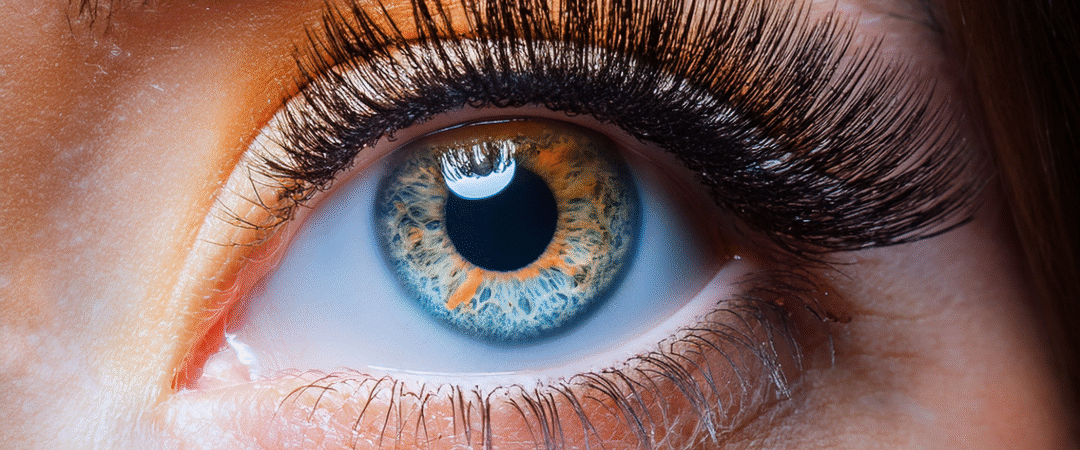Fluttering in your eye can be a bit unsettling, but it’s a common experience that most people have at some point. Usually, it’s nothing serious and resolves on its own. This involuntary twitch, often called an eye twitch or myokymia, is a spasm of the eyelid muscles.
Why Is My Eye Fluttering?
Several factors can contribute to an eye flutter. Here are the most common culprits:
- Stress: When you’re under a lot of stress, your body can react in various ways, and muscle twitches, including in the eyelids, are one of them.
- Fatigue: Lack of sleep is a major trigger. When your body is tired, your eye muscles can be more prone to spasms.
- Caffeine and Alcohol: Both caffeine and alcohol can act as stimulants or dehydrators, potentially leading to eye twitches in some individuals.
- Eye Strain: Spending long hours in front of a computer, reading in poor light, or needing a new glasses prescription can all strain your eyes and cause them to flutter.
- Dry Eyes: Especially common as we age or for those who wear contact lenses, dry eyes can irritate the eyelid and trigger a twitch.
- Nutritional Deficiencies: While less common, a lack of certain nutrients like magnesium or potassium has been linked to muscle spasms.
- Allergies: Eye allergies can cause itching, swelling, and watering. When you rub your eyes, you can release histamine, which may cause eyelid twitching.
What Can You Do About It?
The good news is that most eye flutters can be resolved with simple self-care measures.
1. Address the Root Cause
- Reduce Stress: Incorporate stress-reducing activities into your routine, such as meditation, yoga, deep breathing exercises, or spending time in nature.
- Get Enough Sleep: Prioritize 7-9 hours of quality sleep each night. A consistent sleep schedule can make a big difference.
- Limit Stimulants: Try cutting back on caffeine and alcohol, especially in the hours leading up to bedtime, and see if it helps.
- Rest Your Eyes: If you’re looking at screens for extended periods, follow the 20-20-20 rule: Every 20 minutes, look at something 20 feet away for at least 20 seconds. Take regular breaks.
- Lubricate Dry Eyes: Over-the-counter artificial tears can provide relief for dry eyes. Consult with a pharmacist or eye doctor for recommendations.
2. Try These Simple Remedies
- Warm Compress: Apply a warm, damp cloth over your closed eye for 5-10 minutes. This can help relax the muscles and improve blood flow.
- Gentle Massage: Gently massage your eyelid with your finger in a circular motion.
- Blink More Often: Consciously blinking more can help keep your eyes moist and reduce strain.
When to See a Doctor
While most eye flutters are harmless, there are instances when it’s wise to consult a healthcare professional. Seek medical advice if:
- The twitch lasts for more than a few days or weeks.
- The twitch is accompanied by other symptoms like redness, swelling, or discharge.
- The twitch involves other parts of your face.
- Your eyelid completely closes with each twitch.
- You experience vision changes.
These could be signs of a more underlying neurological condition, though this is rare.
In most cases, an eye flutter is your body’s way of telling you to slow down and take care of yourself. By identifying and addressing the potential triggers, you can often find relief and get back to clear, comfortable vision.
